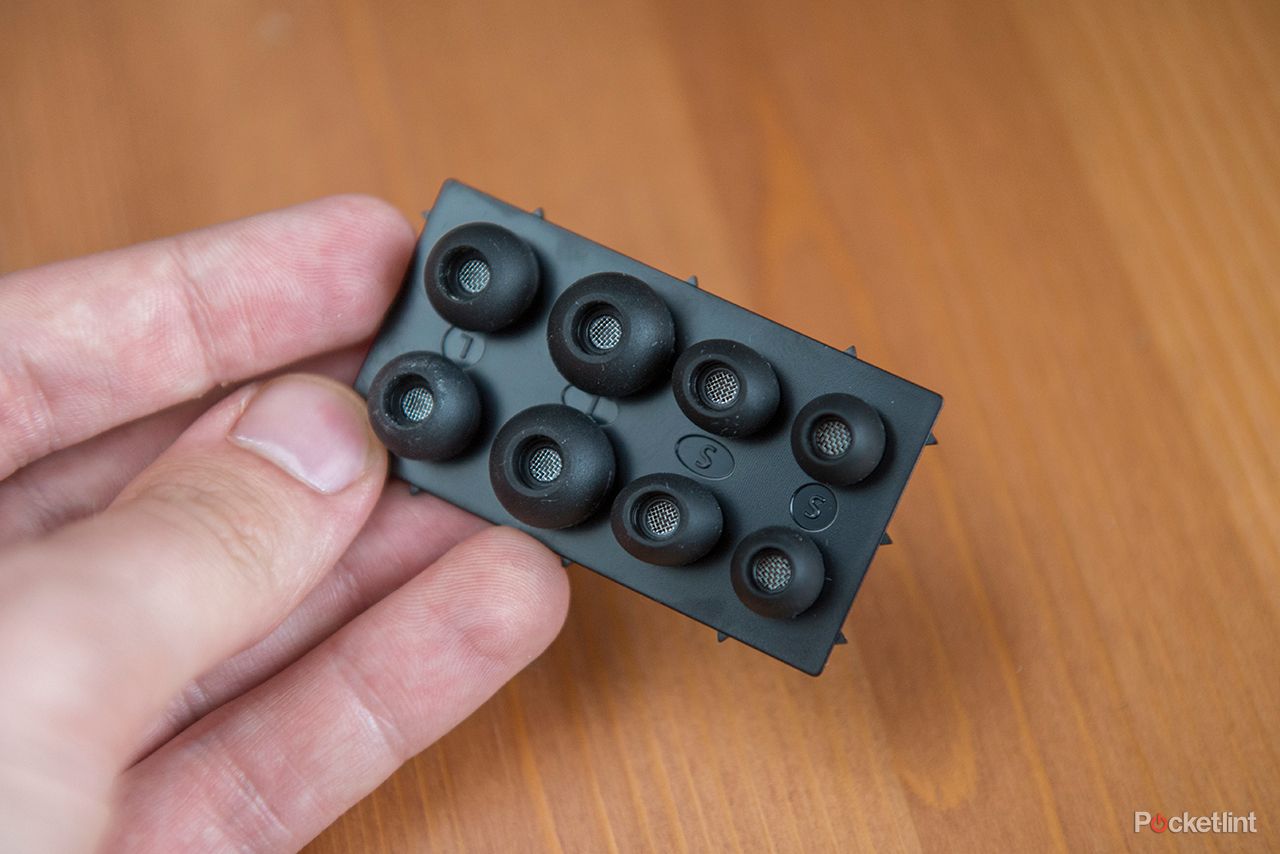Say hello to the Sennheiser IE 800 in-ear headphones. Now wave goodbye to £600 or, for our American friends, $1000.
Our quick take
The Sennheiser IE 800 in-ear headphones are astounding, yet have their imperfections too. Top-end won't sound so top at higher volumes, but then music shouldn't be listened to at eardrum-tearing levels.
The clear bass and super-clean mix of frequencies - high-end ignored in part - make for an exceptional listen at the right volumes. We've dabbled in underground dance music with thumping bass, live acoustic recordings with exceptional vocal recreation, and enjoyed the rattle of five-piece indie bands. Across the board - whether MP3, FLAC, or straight from vinyl - it's hard to not be impressed.
So why not full marks? Well, the price for one thing. It's oh so much cash, not that we can judge what you spend your hard-earned money on. But mainly it's the limited length of the cable, the split of the cable being forced too far up the length, and the occasional slip-up when it comes to establishing a decent connected fit on the go. That and the crashing top-end at times.
A bit of patience and a lot of listening later and we've definitely got swept up in IE 800 land. When that proper in-ear connection is made it's like stepping into another world. And, for some audio-heads, it'll be impossible to put a price on that.
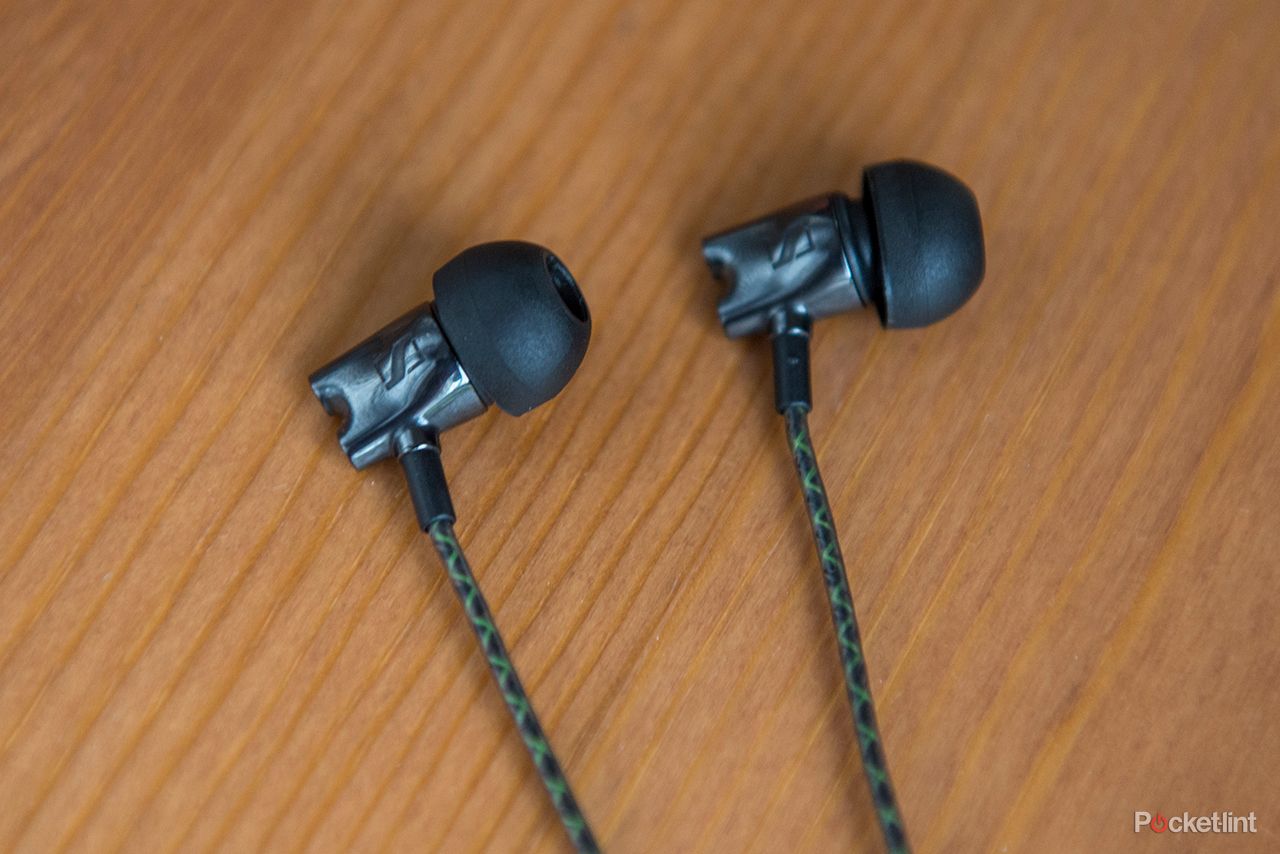
Sennheiser IE 800 in-ear headphones - 4.0 / 5
| FOR | AGAINST |
|---|---|
|
|
Sennheiser IE 800 in-ear headphones
You may need to re-read the above sentence. These audiophile-aimed in-ear monitors (IEMs) command a sensational price tag and tout themselves as being the best in the business. If we had to part with such cash then we'd certainly hope so - these are similar in price to custom-fits.
Sennheiser has sent us detailed literature to ensure we know every single in and out about this high-end product. But as much as all the transducer chatter and frequency response charts may excite - well, some of us, at least - it's all down to how these mega-priced IEMs sound, really, isn't it? Are the IE 800's as sensational as their price tag?
Turn down to listen up
We've donned the IE 800 in-ears for five consecutive days now, stopping using them only really to take phone calls. And sleep, that's been useful too. Being able to plug in to music plays a big part in life. And we're big fans of the premier audio quality offered by the IE 800 in-ears - but it's taken more than a bit of time to adapt to their potential greatness.
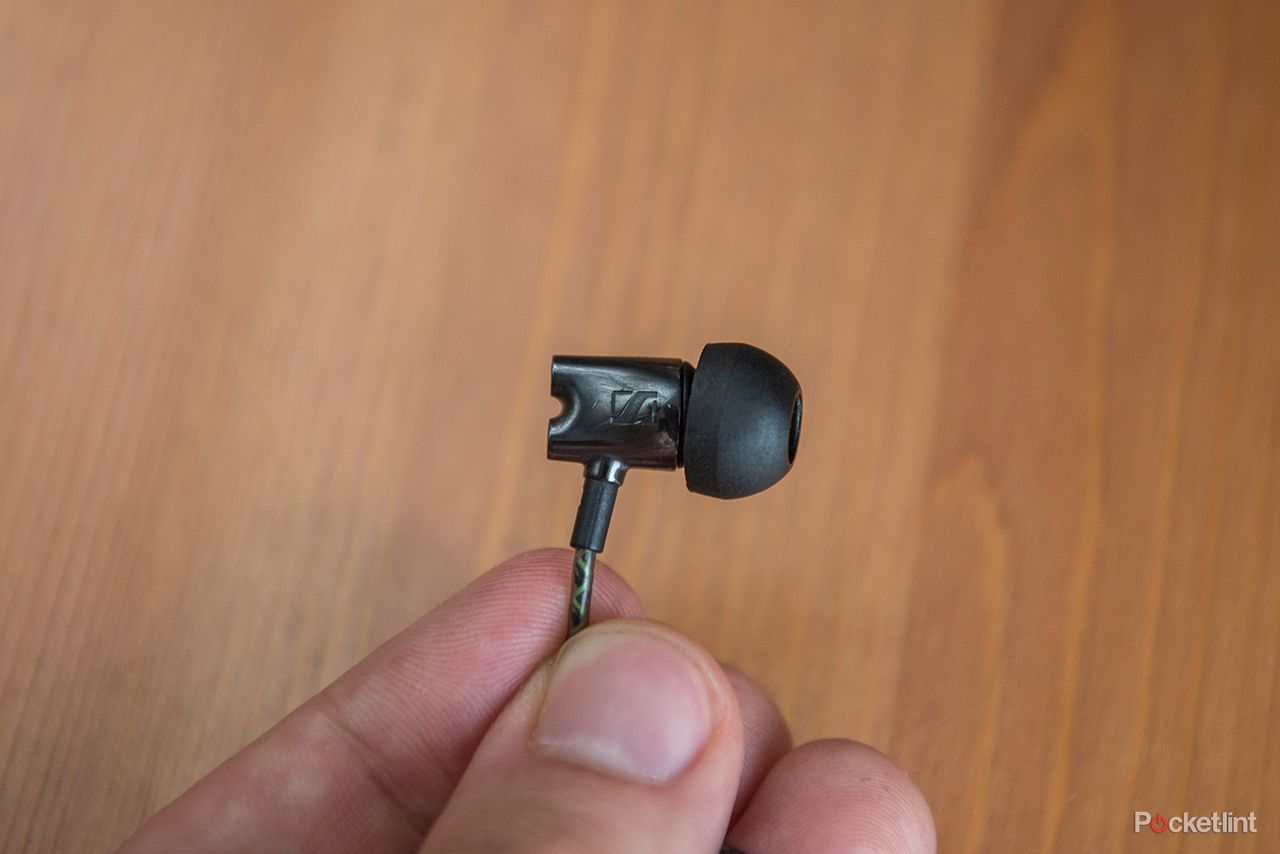
When we first plugged the IE 800 IEMs into our lobes we felt disappointed. Why? It's the top-end - it's just too cutting when delivered at volume, which makes for a fatiguing listen. Exactly the opposite of how the IE 800 should sound. The resonant whistle of a lyrical "s", the piercing scatter of a hi-hat - it was all just too much.
At first, at least. See, the IE 800 as loud as they can be, shouldn't be used at such volumes as it disrupts the balance. A revelation happened: we turned the music down, but it didn't diminish the fullness of the rest of the mix. Everything sounded plump, the outside world was quashed from existence and we were free to admire the musical timbre that the IE 800 IEMs excel in delivering.
The high-end of low
When it comes to bass, for example, we're yet to hear a better low-end response from an in-ear than the IE 800 offers. It's smooth, but not bouncy, ever-present and - importantly - doesn't taint the rest of the listen.
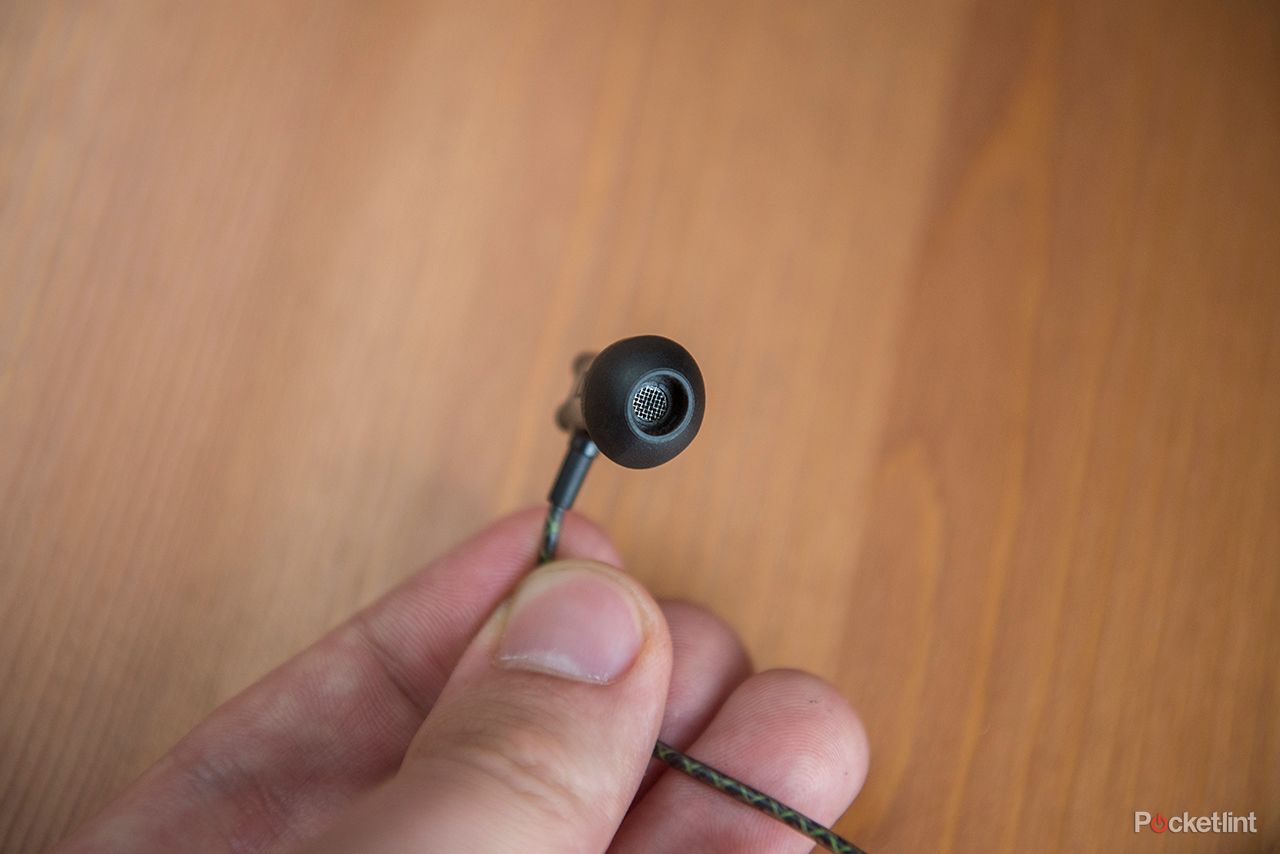
That low-end - and it really is a powerful delivery - is all thanks to an XWB (extra wide bandwidth) SYS 7 transducer that's said to work from 5Hz to 46,500Hz without any phase distortion. Good though that last part will sound (on paper) to the sound geeks out there - it means zero non-linear distortion for pure sound delivery - it'll have little true impact to most casual listeners. For some, we'd wager, the low-end will feel excessive, even if it's not over-powering. We, however, love it.
What you will be acutely aware of - whatever your grade of acoustic understanding may be - is how clean, clear and downright punchy the low-end bass is throughout its audible spectrum. And, we presume, beyond it - human hearing doesn't kick in until 20Hz, so the 5Hz stuff is all psychoacoustics; indeed many producers EQ out sub-10Hz sounds to keep a mix clean.
With all that bass there's the risk of muddied output elsewhere. No so with the IE 800. The mids remain free and independent, right through to the subtle detail in the reverb of, say, a snare drum - the kind of high-end differentiation that audiophiles will take much pleasure in picking out. It's music in colour.
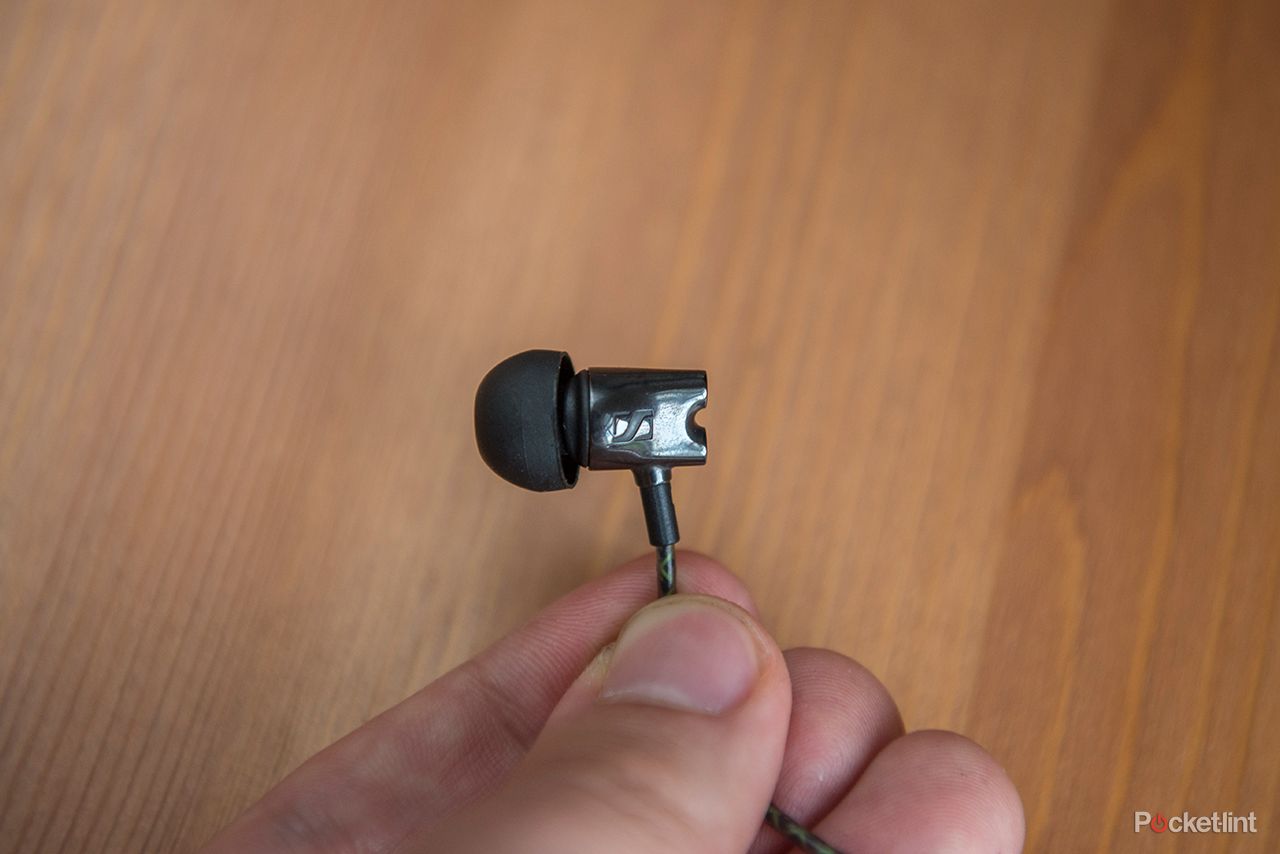
But the IE 800 IEMs aren't like any old in-ears, that's for sure. They take getting used to and need to be appreciated at the right volume. That's why we persevered beyond the first day to ensure we weren't mad for not liking what we heard at first. Approach them with an initial patience and they'll bring plenty of audible arousal.
Fit: Can be finicky
Inside the IE 800 box - which also includes a leather carry case - there are a variety of ear adapter tip sizes including oval-shaped variations to fit a variety of ear shapes. A nice touch, but it's not close to custom fit by any means.
And herein lies another of our frustrations with the IE 800: when on-the-go it's all too easy to lose a decent seal with the ear canal which results in total disconnect from the full sound quality. And that's why we've always much preferred over-ear options. Each to their own.
Then there's the cable. Yes it's kevlar-reinforced, so it's rugged, but at 105cms from 3.5mm jack to the ears it's not particularly long. When settling down to listen to some vinyl, for example, we might as well have had our head resting on the turntable platter. An extension cable is available, but it's not in the box - how's that for short-change at this hefty price point?
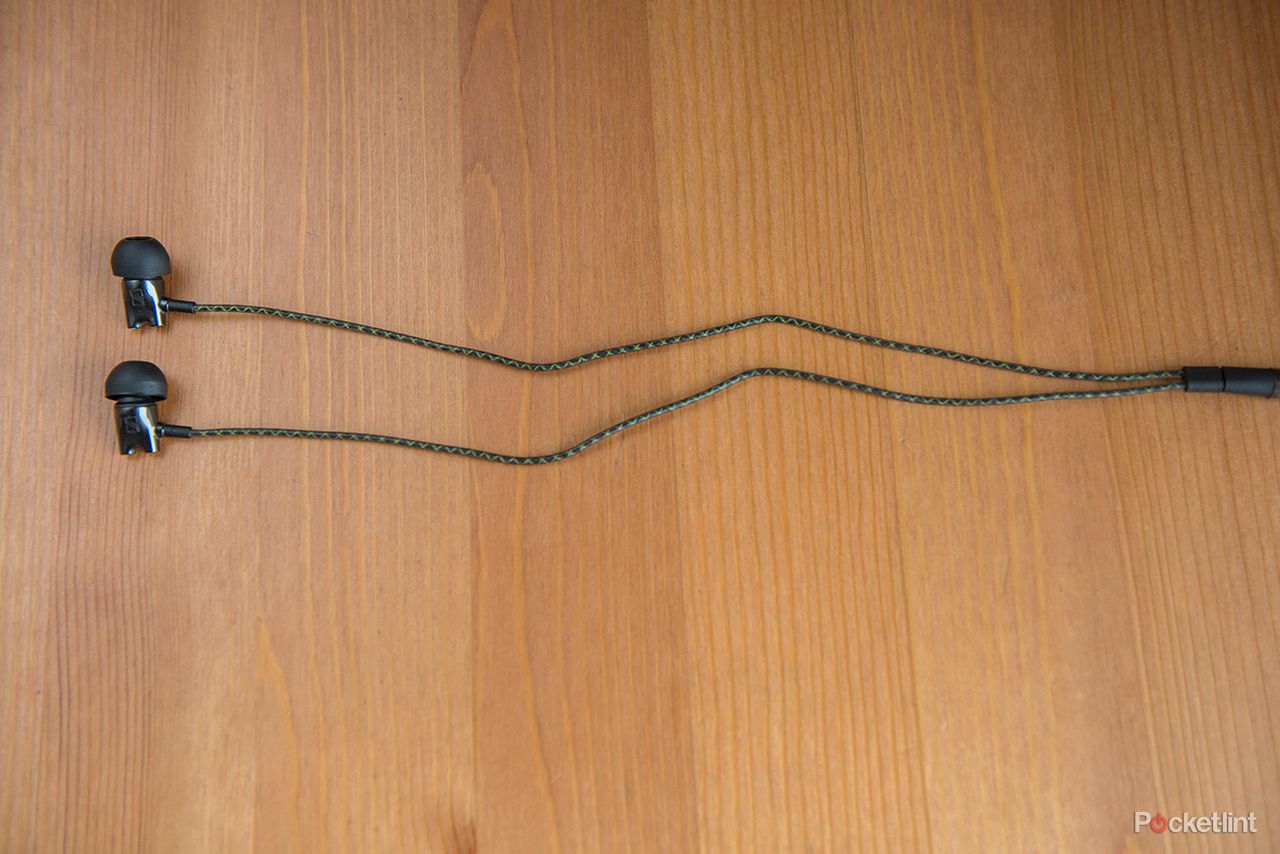
Furthermore is the cable's splitter position. It divides into left-right just 25cms from the ears, which is more like 24cms once the divider is pushed down to full capacity. It feels like a bit of a chin strap; tricky to dangle from above the ear as some may choose to wear - and another reason why when on-the-go you may find disconnect to the listening experience. And we hate nothing more than constantly fiddling around trying to get buds to mesh perfectly with the ear. As all ears are different, others will probably tell a different story - but the likelihood is that you'll either like in-ears or you won't.
Another world
But while we have our pet peeves about the cable and the occasional fitting slip-up, when sat at a desk - no chance for motion-based disruption - with the perfect in-ear seal the IE 800 will transport you to another world. And nobody else will even know it - all they'll see are the rather cool-looking dual acoustic ports at the back of the ceramic casings poking out of your lobes.
The IE 800 has exceptional isolation too. Little extraneous noise interferes with the listen, and even when you take these IEMs out and let them emit audio loosely around a near-silent room you'll hear nothing but the subtle titter of the top-end. From that you wouldn't ever imagine that they could sound quite so good once harmoniously connected up to the ear canal. But it also means little sound-leakage nuisance to anyone around you.
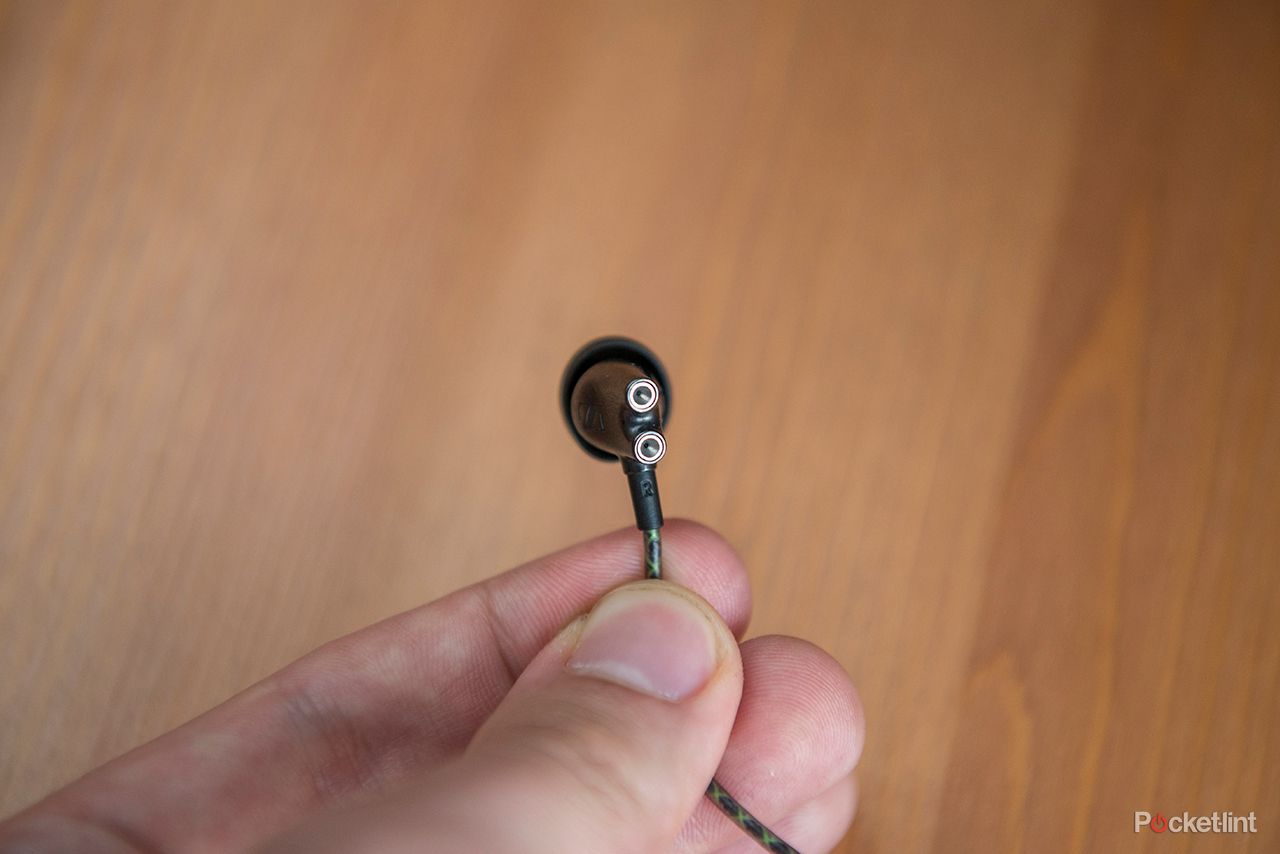
Some of the technology on board sounds like it's from another world too. There's Sennheiser's D2CA dampened dual-chamber adsorber, described as a "complete new approach to compensate for resonances from the de-tuned ear canal," designed to deliver "elementary reduction of the peak at 7.5 kHz." It's space science stuff right here.

